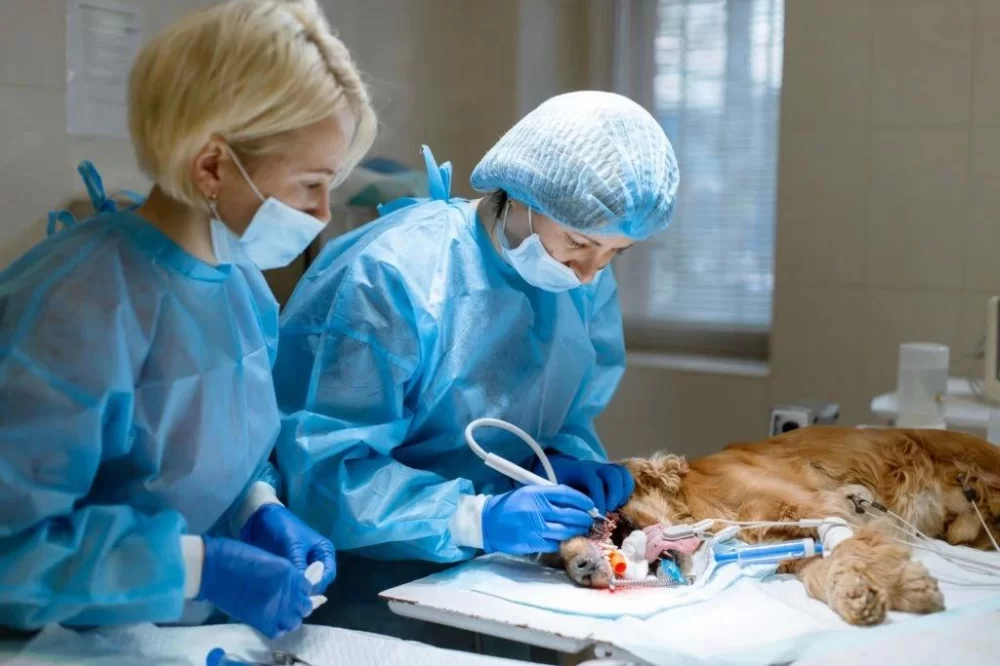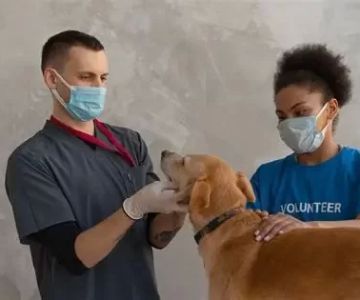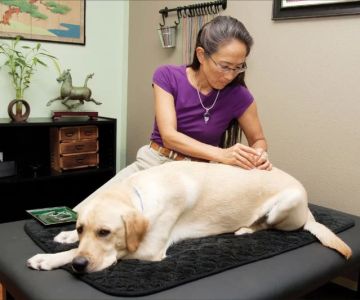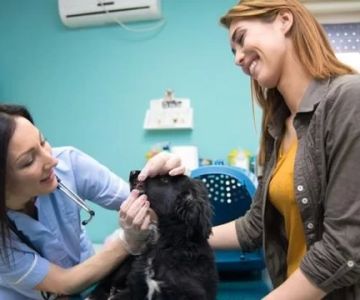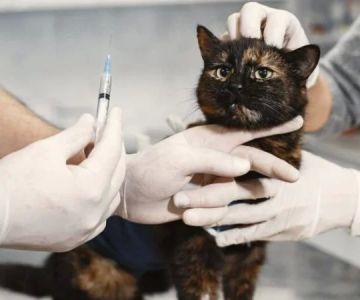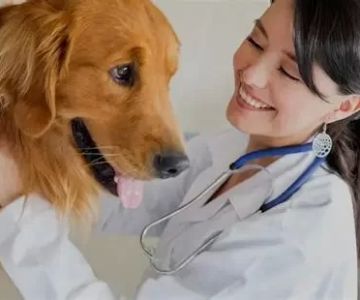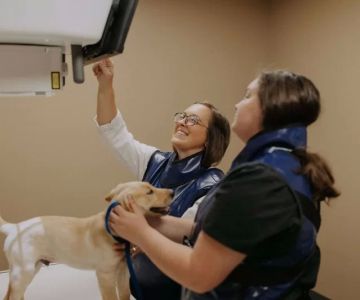What Can Veterinary Technicians Legally Do: Roles, Limits, and Insights
- understanding-the-role-of-a-veterinary-technician
- what-can-veterinary-technicians-legally-do-state-by-state
- real-clinic-insight-vet-techs-in-action
- what-vet-techs-cannot-do-legally
- veterinary-technician-vs-assistant-key-differences
- how-to-maximize-your-career-as-a-vet-tech
- thinking-of-becoming-a-vet-tech-heres-your-next-step
1. Understanding the Role of a Veterinary Technician
Before diving into what veterinary technicians can legally do, it’s important to grasp their essential role in animal care. Vet techs are the right hand of veterinarians. They assist in medical procedures, monitor anesthesia, collect lab samples, and handle client communication—often all in one day.
However, their responsibilities aren't just clinical—they’re emotional. Vet techs are also the calming presence for anxious pet owners and the comforting voice in difficult moments. Their work demands both skill and empathy.

22595 N Scottsdale Rd #120, Scottsdale, AZ 85255, USA
See Details2. What Can Veterinary Technicians Legally Do: State by State
2.1 Scope of Practice in Most U.S. States
In general, licensed veterinary technicians (LVTs) can legally perform tasks like drawing blood, placing IV catheters, taking radiographs, administering medications (excluding controlled substances), monitoring anesthesia, and assisting in surgery—under the supervision of a licensed veterinarian.

2626 Van Buren Ave, Norristown, PA 19403, USA
See Details2.2 Supervision Levels Matter
Each state classifies supervision differently: immediate, direct, or indirect. For example, in California, a vet tech can suture skin under indirect supervision, while in Texas, this may require direct oversight.
2.3 Certifications That Expand Duties
Some states allow credentialed techs to become “veterinary technologists” or even pursue specialty certifications in fields like dentistry, anesthesia, and emergency care—expanding what they can legally do.
3. Real Clinic Insight: Vet Techs in Action
At BrightPaws Animal Hospital in Oregon, lead vet tech Maria handles everything from dental cleanings to prepping for orthopedic surgery. “I’m not just holding puppies,” she laughs. “I’m calculating drug dosages, running lab diagnostics, and monitoring critical patients in ICU.”
Her clinic uses a structured protocol that clearly defines what techs can legally do versus what’s reserved for veterinarians. This clarity builds trust between staff and ensures safe, efficient care for every patient.
4. What Vet Techs Cannot Do Legally
4.1 Diagnosing or Prescribing
No matter how experienced, vet techs cannot diagnose conditions, prescribe medication, or perform surgery. These are strictly veterinarian-only responsibilities, as defined by state practice acts.
4.2 Performing Procedures Without Supervision
Even permitted tasks like inducing anesthesia or taking radiographs often require at least indirect supervision. Practicing beyond legal limits could result in license suspension or fines.
4.3 Creating Treatment Plans
Vet techs can follow and suggest adjustments to treatment protocols but cannot initiate or approve medical treatment plans without veterinarian approval.
5. Veterinary Technician vs. Assistant: Key Differences
5.1 Educational Requirements
Vet techs typically hold an associate degree in veterinary technology and are licensed or registered depending on the state. Veterinary assistants, on the other hand, often learn on the job and are not required to be certified.
5.2 Scope of Practice
Assistants handle supportive roles like feeding, cleaning, and basic restraint. Techs are trained for clinical tasks, diagnostics, and surgical support.
5.3 Professional Recognition
A licensed veterinary technician can use designations like LVT, CVT, or RVT depending on state regulation. Assistants don’t carry legal titles and typically have fewer advancement opportunities.
6. How to Maximize Your Career as a Vet Tech
6.1 Continue Education Through Specializations
Vet techs can become Veterinary Technician Specialists (VTS) in fields such as behavior, emergency & critical care, or internal medicine. These certifications increase earning potential and responsibility.
6.2 Advocate for Clear Legal Definitions
Vet techs should stay informed about state laws and advocate for clearer, expanded legal scopes through state boards or national associations.
6.3 Use Tools That Support Legal Practice
From drug dose calculators to CE platforms that break down local laws, modern tools make staying compliant easier—and smarter. Clinics investing in tools like VetTechPro report fewer errors and higher staff satisfaction.
7. Thinking of Becoming a Vet Tech? Here’s Your Next Step
If you’ve been inspired by the depth and impact of what veterinary technicians legally do, now is the perfect time to step into this rewarding career. The demand for credentialed vet techs is rising across the U.S., and the opportunity to specialize is broader than ever.
From enrolling in accredited vet tech programs to investing in high-quality study tools, every decision you make brings you closer to helping animals in a meaningful way.
Explore recommended vet tech starter kits, school application resources, and legal scope summaries at VetTechPath—your trusted hub for everything aspiring veterinary technicians need. Start your journey fully informed, legally empowered, and professionally ready.

